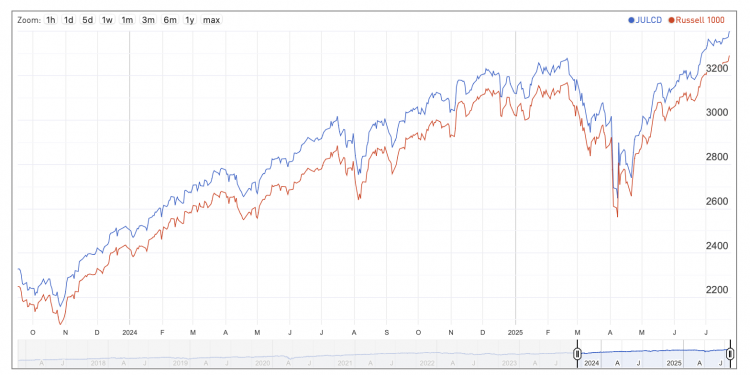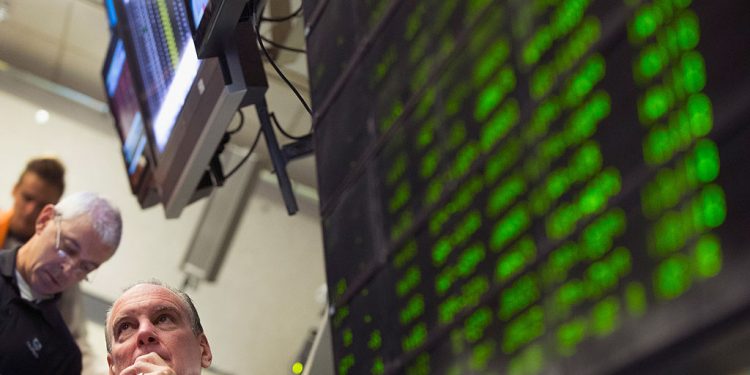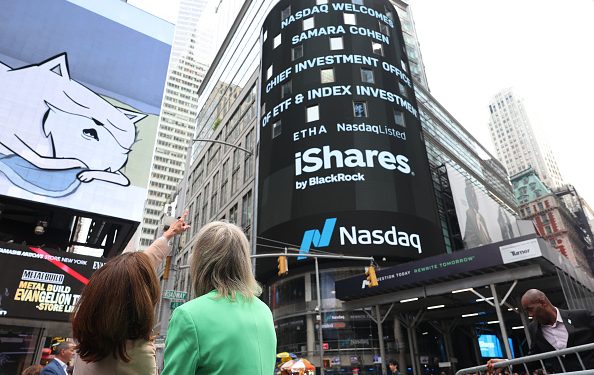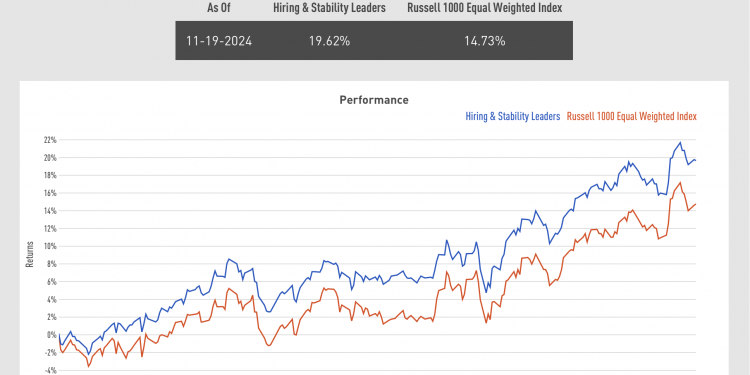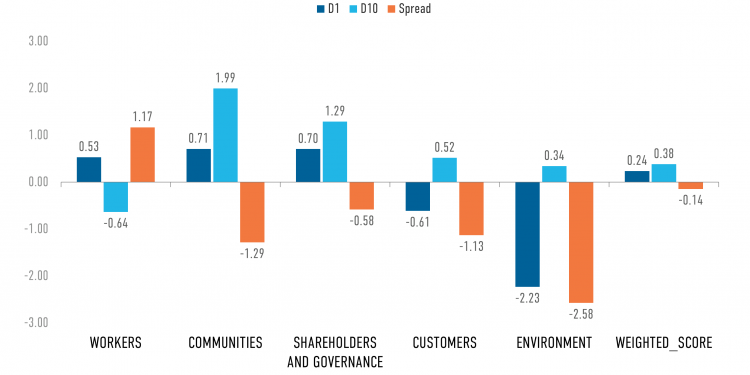ESG Experts From Goldman Sachs and Carlyle Group Break Down Where Sustainable Investing Is Today and Where It’s Headed
Over the past several years, interest in sustainable investing has continued to rise, with 80% of institutional investors integrating ESG factors in their investment process as of 2019, up from 70% in 2017. And this trend has not slowed during the COVID-19 pandemic and economic recession of 2020 – quite the opposite in fact. As of June 2020, global assets in sustainable funds hit a record high of $1,061.5 billion, up 23% from the previous quarter, suggesting that asset managers remain committed to re-evaluating their investment strategies.
In light of this continued focus on ESG issues, JUST Capital CEO Martin Whittaker sat down this week with two of the field’s most prominent leaders – John Goldstein, the head of the Sustainable Finance Group at Goldman Sachs and Megan Starr, the Global Head of Impact for The Carlyle Group. They discussed where sustainable investing is today, including recent threats to it from the Department of Labor, and what ESG investing will even mean 10 years from now.
Watch the full talk below, check out Goldstein’s recap on LinkedIn, and explore key takeaways below:
1. ESG is just a lens for finding value in a rapidly changing world.
The concept of ESG contains a clear moral imperative – that investors should direct their dollars toward companies focused on Environmental, Social, and Governance issues (i.e. their stakeholders). Starr and Goldstein returned again and again throughout our conversation to the fact that there is tremendous opportunity in ESG investing. It asks investors to look across sectors and identify how things are changing (e.g. focus on renewables), and determine where equity can be directed to help drive that change. In other words, ESG needs to stay grounded in investment thesis, and the notion that there’s value to be unlocked in transition and long-term thinking.
2. The “E” hasn’t taken a back seat. The “S” has just taken the front.
A key area of focus for companies today, particularly as Americans face pandemic, economic recession, and a reckoning with racial inequity, is workers. Increasingly, corporate America is focused on the health and well-being of its workforce, and we’re seeing more and more disclosure from companies on issues like paid sick leave, pay equity, and parental leave – investments which in turn can add value to companies’ bottom lines over the long term by yielding stability and increased productivity. While ESG conversations have been dominated in the past by environmental issues, many companies have taken great strides to minimize their impacts through renewable energy and emissions reduction. There is more work to be done and the push for focus on the “E” is by no means over, but the worker is coming into focus as a key area of growth for companies in the coming years.
3. When it comes to ESG data, more is not “more.”
Today, asset managers are inundated by a vast array of ESG data and frameworks that provide myriad lenses through which to evaluate companies and allocate investments. This “alphabet soup” of data has led to skepticism around ESG in the past – suggesting that there is no clear way to measure these issues, and that it’s less relevant than other, more consistent measures of performance. It’s also overwhelming to companies that need to report on these various measures, and that end up placing the responsibility for reporting on less central members of the team, relegating the core issues of ESG to rooms where key operational decisions might not be made. What’s needed in this space is not more data, but a critical mass of companies that are disclosing data that’s both meaningful and comparable. Companies should focus on a core business strategy that incorporates ESG measures and discloses on progress and performance. This will help lead to more consistent data that’s fundamentally relevant to how companies operate across sectors – leading to greater adoption across corporate America and a clearer lens by which asset managers can determine how to direct their dollars.
4. There’s no such thing as ESG nirvana.
As adoption of ESG frameworks becomes ubiquitous among investment practitioners, we can expect to see the bar for “good” corporate behavior steadily rise. We’ve already seen this start to happen around environmental issues, as more and more companies have learned that good energy usage is just good for business. There is likely to be more of that, if focus continues to be placed on the “S” of ESG. Some in the space, like State Street Global Advisors CEO Cyrus Taraporevala, have said that the ultimate goal of sustainable investing should be to make “ESG” an irrelevant term because it becomes the norm. Starr and Goldstein have a different perspective. As Starr noted at the close of the discussion, “there’s no such thing as ESG nirvana,” where everything will click and business writ large changes forever. Goldstein pointed out how value investing is still a school of investing, and that ESG investing will still be a lens from which to find high-growth, sustainable companies and to help compel industries to adopt sustainability practices for growth over the long term.
If you want to stay in the loop for more discussions with foremost experts in the ESG investing space as soon as they go live, be sure to follow Martin Whittaker on LinkedIn.


